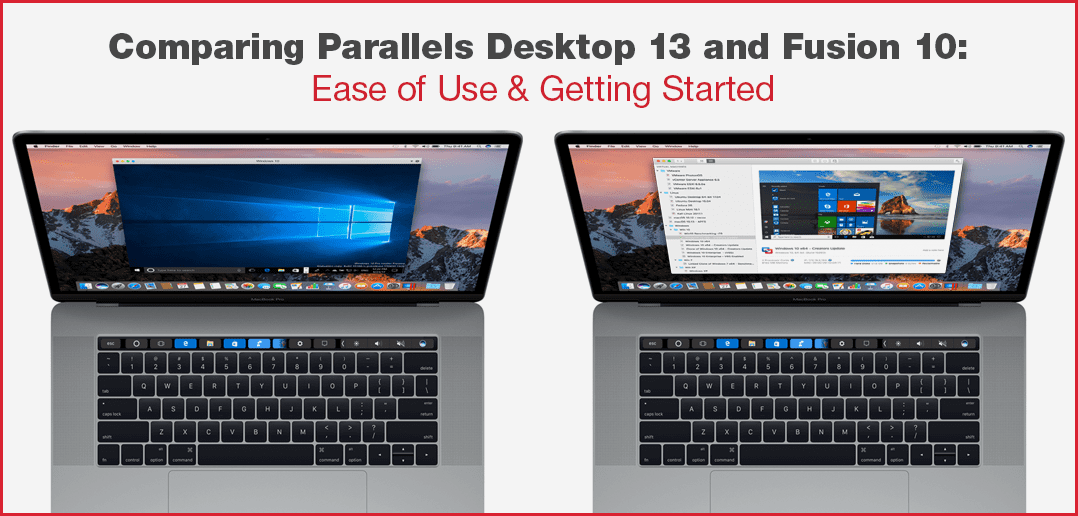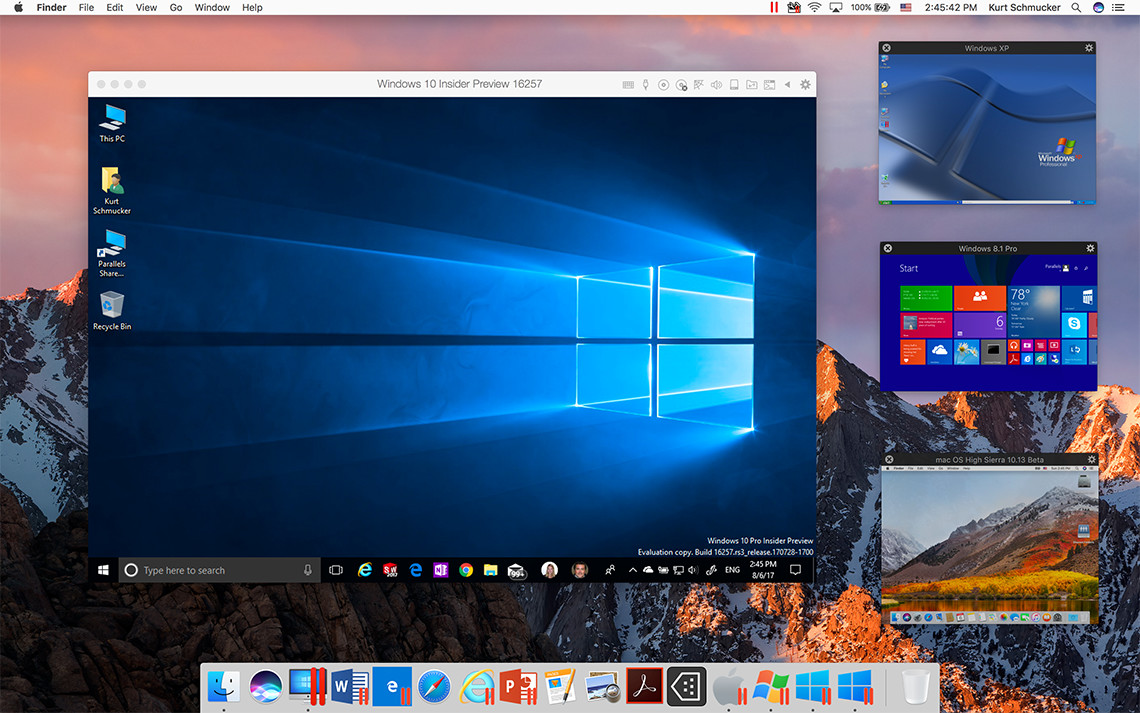With Parallels Desktop for Mac you can use Windows that you set up using VMware Fusion, Microsoft Virtual PC, and Virtualbox. Using the file I imported from Fusion, Parallels Desktop is using 27 GB. While 18 GB might not sound like a lot, if you are storing more than a couple virtual machines, that amount can start to add. Apr 23, 2008 Fusion's advantage is that VMware has a wider product offering. They have products that run under Windows and Linux too whereas Parallels is mac only. You can move a M you make under Fusion to Linux or the PC. See full list on lifehacker.com.
You can import existing third-party virtual machines and run them in Fusion.
- Select File > Import.
- Browse to the existing virtual machine you want to import and click Open.
- Type the name for the imported virtual machine in the Save As text box and indicate where to save it. The default destination is the Virtual Machines folder created by Fusion.Fusion displays the disk space needed for the import, and the space available on the current disk.
- Click Import. When the import is complete, the virtual machine appears in the virtual machine list, in the powered-off state.
- Click Finish. Fusion installs VMware Tools after the virtual machine powers on, and reboots the system after the Tools installation is complete.
You have a separate Fusion version of the third-party virtual machine.

Guest blog by Padman Krishna, Parallels Support Team
Are you looking for a better virtualization experience and planning to switch to Parallels Desktop? Here’s an easy way to transform your existing virtual machine.
There are few things you need to do before converting a VM. First, make sure you have a backup copy of your VM. For example, VMware has a .vmx extension, Virtual PC is .vmc and Virtual Box is .vbox.

Second, make sure you’ve deleted third-party tools from your VM (VirtualBox tools, VMware tools, etc.). If you haven’t done that yet, go to Control Panel → Programsand Features to remove the tools.
Next, make sure that the “Split Disk” option is disabled in your VM hard disk settings. This might sound like another language to some, but no worries – it’s not that hard:
The final thing to do is to shut down the VM completely (suspending or pausing it isn’t enough). Pretty simple, right?

Once all of these steps are completed, you now can convert the VM.
- Open Parallels Desktop and go to File → Open.
- Navigate to the VM file you would like to convert, then click Open.
- Convert the VM by choosing the location where you would like to save the file.
- Once the VM starts, go to Actions→Install Parallels Tools and follow the onscreen instructions.
We hope this blog post helped you decide to run Windows on your Mac and convert your VM to Parallels Desktop for Mac!
Share your thoughts with us in the comments below, and don’t forget to follow the Parallels Support team on Twitter.

Vmware Fusion Parallels
Parallels is the #1 solution for running Windows on Mac for over 10 years. Curious to see if your specific non-Mac application can run through Parallels Desktop? Feel free to try it out yourself—download a free 14-day trial.
